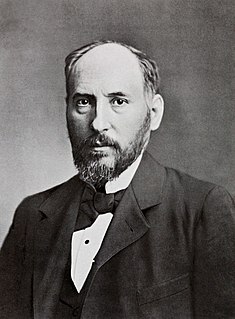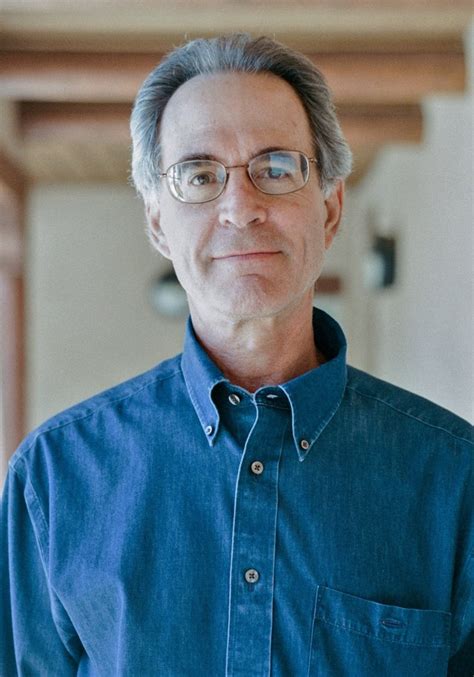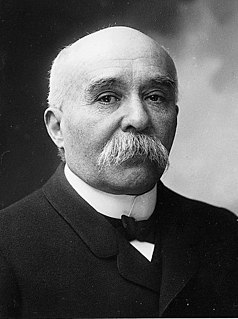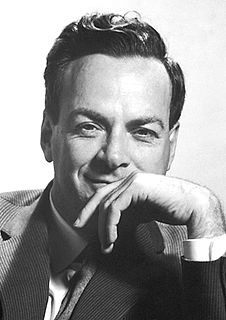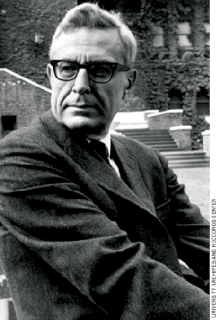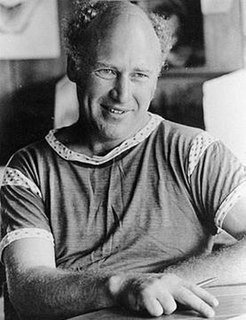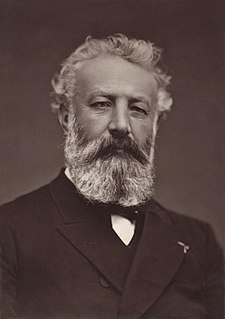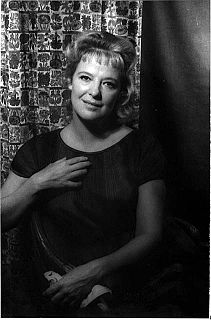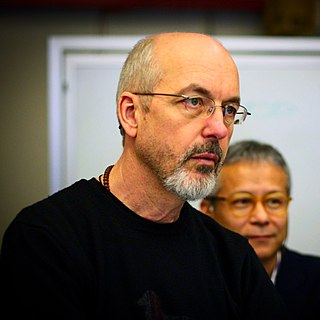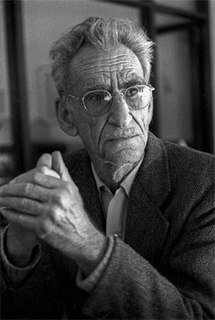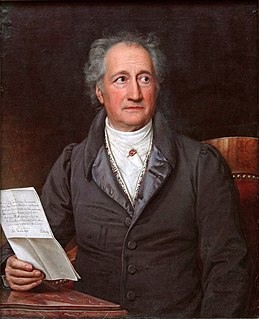A Quote by Michael Behe
The question of how the eye works - that is, what happens when a photon of light first impinges on the retina - simply could not be answered at that time.
Related Quotes
In the study of this membrane [the retina] I for the first time felt my faith in Darwinism (hypothesis of natural selection) weakened, being amazed and confounded by the supreme constructive ingenuity revealed not only in the retina and in the dioptric apparatus of the vertebrates but even in the meanest insect eye. ... I felt more profoundly than in any other subject of study the shuddering sensation of the unfathomable mystery of life.
The pineal gland of evolutionarily older animals, such as lizards and amphibians, is also called the 'third' eye. Just like the two seeing eyes, the third eye possesses a lens, cornea, and retina. It is light-sensitive and helps regulate body temperature and skin coloration-two basic survival functions related to environmental light.
Monet's garden must be included with his works, because he combined the magic of an adaptation of nature with the work of a painter of light. An extension of the studio into the openair, with color tones lavishly spread out on all sides to exercise the eye with seductive vibrations, from which a feverishly aroused retina expects unquenchable joy.
We made love. How pedestrian the words look-trite, worn, practically featureless with use-but how can one better describe that which happens when it happens? That creation? That magic blending? I might say we became figures in a mesmerized dance before the rocking talisman of the moon, starting slow, so slow... a pair of feathers drifting through clear liquid substance of sky... gradually accelerating, faster and faster and finally into photon existence of pure light... as my whole straining body burst like fluid electricity into hers.
The best way to make change is to know how something works. If you're going to go build something or change whatever it is, if you don't know how it works and you're trying to go make a change in it, the first thing you're doing is you're spending time figuring out how it works. The same thing happens in organizations.
Without an observer at a twenty three degree angle to the light being reflected off a cloud of spherical droplets, there is no rainbow. The whole universe is like that. Our spirits stand at a twenty three degree angle to the universe. There is some new thing created at the contact of photon and retina, some space created between rock and mind.
Fifty years from now I don't think optical realism is going to be an issue in visual communication any more. Experience is so much richer than light falling on your retina. You embody a microcosm of reality when you walk down the street - your memories, your varying degrees of awareness of what's going on around you, everything we could call the contextualizing information. Representing that information is going to be the main issue in the years ahead - how the world meets the mind, not the eye.
It is to be emphasized that no matter how many [amplitude] arrows we draw, add, or multiply, our objective is to calculate a single final arrow for the event . Mistakes are often made by physics students at first because they do not keep this important point in mind. They work for so long analyzing events involving a single photon that they begin to think that the arrow is somehow associated with the photon [rather than with the event].

